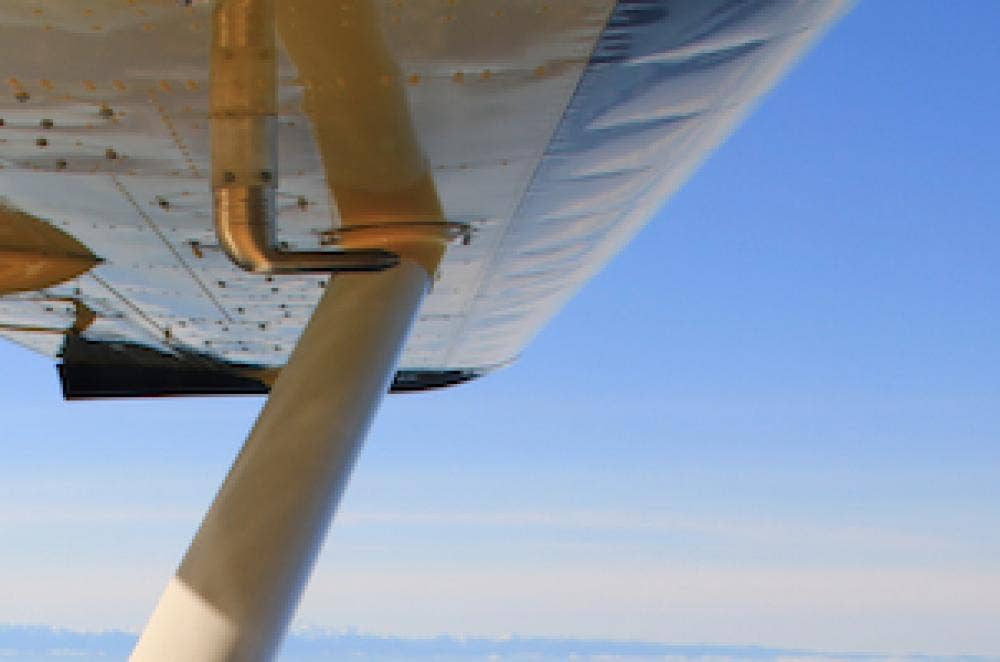When Is It OK To Use Pitot Heat?
Pitot heat is an anti-icing device, not a deicing, so the prudent thing to do is to activate it when in flight and icing is a possibility.

The activation of pitot heat is predicated on the occurrence of possible icing conditions. [File photo]
Question: I am a student pilot and I just completed my first solo cross-country flight. The temperature and dewpoint at the surface were identical and at altitude the temperature was below freezing. I fly a carburetor equipped Cessna 172 in the midwest and it is winter, so I used the carburetor heat a lot while at an altitude of 3,500 feet. There was haze and clouds forming (visible moisture) so I activated the pitot heat as well because I was worried about ice forming on the airplane, especially the pitot tube. We talk a lot about the use of carb heat in training but not so much about pitot heat—when should that be activated? I went through the POH for the 1971 Cessna and didn't find any guidance.
Answer: The activation of pitot heat is predicated on the occurrence of "possible icing conditions." You mention the temperature was below freezing at altitude and there were clouds forming which indicates moisture, so the potential for icing existed.
Pitot heat, per the Pilot's Handbook of Aeronautical Knowledge is an anti-icing device, not a deicing, so the prudent thing to do is to activate the pitot heat when in flight and there is the potential for icing to happen. Caveat: the electrically heated pitot tube gets warm very quickly, but the airflow passing over the pitot tube during flight keeps the electrical element from overheating. On the ground, the airflow over the pitot tube is not sufficient to prevent this, therefore the pitot heat should be turned off after landing.
As far as ice forming on the airplane, I have seen frost form on the wings where the fuel tanks are. It doesn't matter if it is a high wing or low wing—that fuel is cold and frost can form on the wing in flight.
Do you have a question about aviation that’s been bugging you? Ask us anything you’ve ever wanted to know about aviation. Our experts in general aviation, flight training, aircraft, avionics, and more may attempt to answer your question in a future article.

Sign-up for newsletters & special offers!
Get the latest FLYING stories & special offers delivered directly to your inbox






